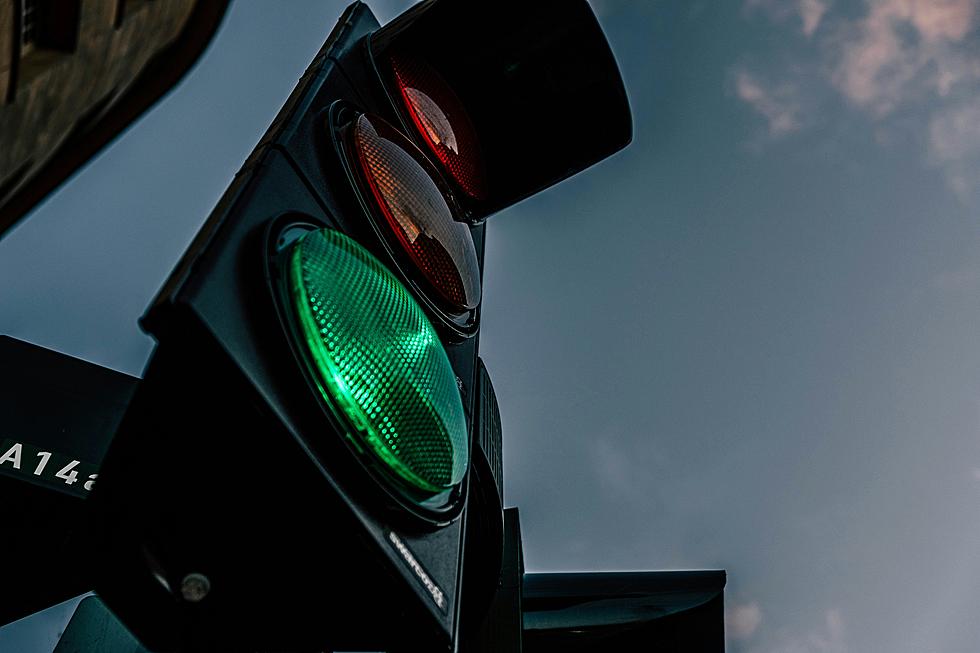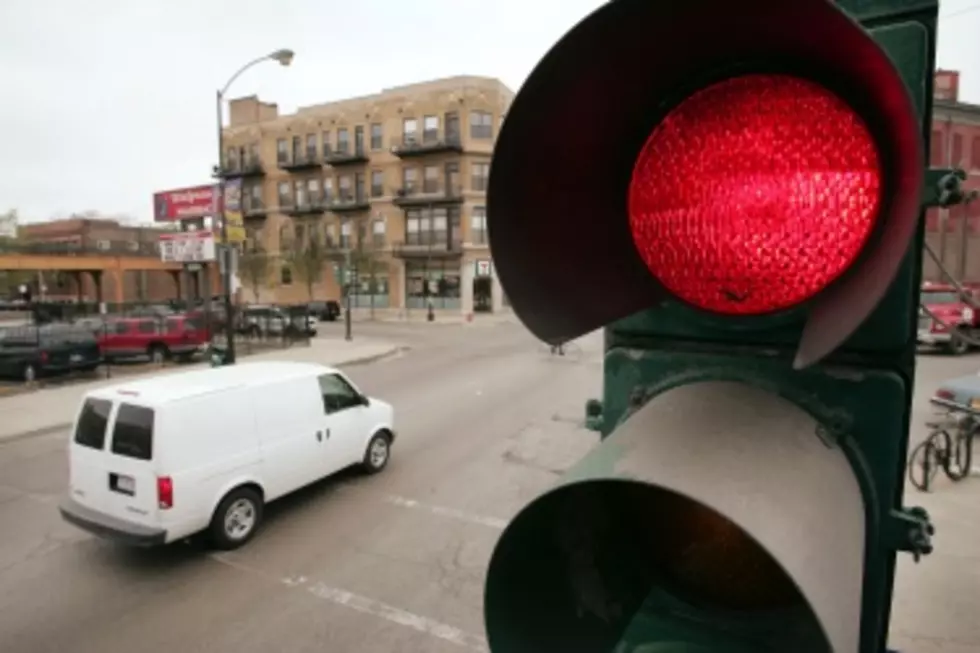
Can New Jersey Drivers Make Red Lights Shorter Without Ever Leaving The Car?
If you've ever sat at a red light for what seems like an eternity, you'll be happy to know there might be a way to make sure the light turns green when it's supposed to from right inside your car.
According to experts, there are three types of traffic lights. They are called fixed time, pressure plates, and detector loop systems, according to Axle Addict.
According to the article, many lights use the more advanced detector loop system, and knowing how it works could save you time at the next red light you encounter.
How Does The Detector Loop System Work?
A detector loop works by detecting a vehicle above it, alerting the system that someone is waiting at the red light, so it can change to green at the appropriate time.
If no vehicle is detected, the light won't change, so you need to make sure your vehicle is in the right spot for correct detection.
Where is the Detector Loop?
Experts say the detector loop is located two feet behind the crosswalk, so you should position your car anywhere from one foot to 18 inches behind the crosswalk.
And remember, the detector has to detect your vehicle for some time, to not confuse it with a moving vehicle.
Of course, none of this matters if your traffic light is the kind that is just set to a specific time. In that case, you just have to wait impatiently like you've always done.
The 25 Most Dangerous Roads in New Jersey
Gallery Credit: Matt Ryan
25 Hysterical Banned Custom New Jersey License Plates
Gallery Credit: Matt Ryan
7 More Monmouth County Roads That Need Another Lane
More From 94.3 The Point






